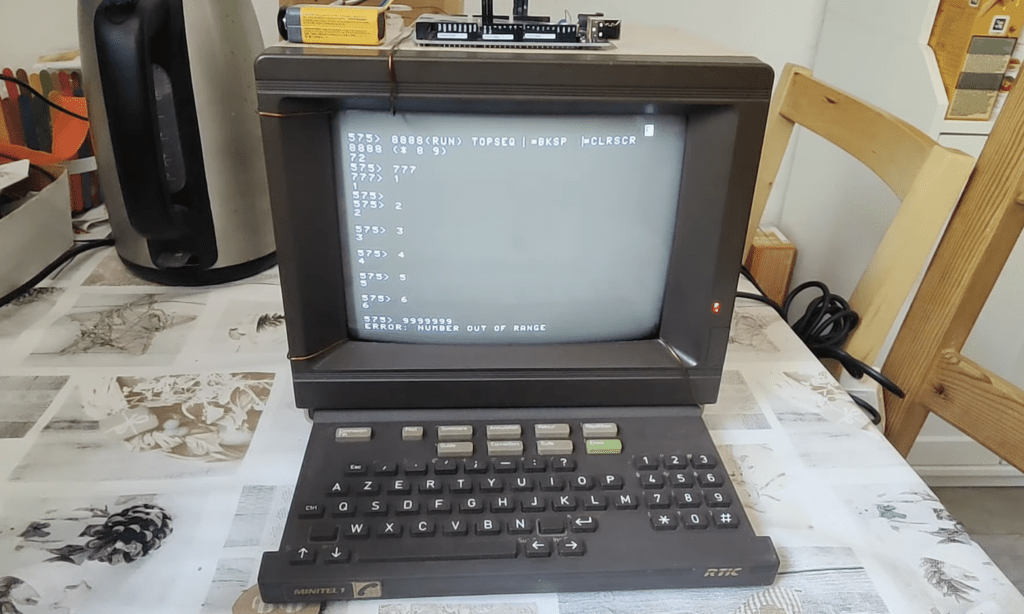Before the rest of the world began logging on to the World Wide Web, the French had a very interesting online service called Télétel.It was somewhat similar to early bulletin board systems (BBS), but with much more functionality than really anything else from the era.By 1982, Télétel was available in most of France and customers could use it to shop online, chat, and even find love.
They accessed Télétel through Minitel terminals and those don’t have much utility today, so Nino Ivanov used an Arduino to turn his into a peculiar kind of AI workstation.Users didn’t “log on” to the Télétel service with computers, but with terminals.Those were inexpensive, which helped to foster widespread adoption.
In fact, Télétel was so popular that it remained in use until 2012 — long after the French found out about the internet. There were many Minitel devices manufactured and sold over the years, with some pretty neat designs.Ivanov’s appears to be a model made by Philips and it has a nifty slide-out keyboard that sleeps below the monitor when it isn’t in use.But all Minitel terminals worked in a similar manner, because they connected to the same service in the same way.
That was through a 5V TTL serial connection.Ivanov connected an Arduino Mega 2560 board to the Minitel through the serial port so the two could talk to each other.He then set that up with uLisp, which is a derivative of the Lisp programming language designed for microcontrollers.
With uLisp, Ivanov was able to run a symbolic artificial intelligence on the Arduino hardware, communicating with it through the Minitel terminal.That AI’s capabilities are, of course, very limited.But it is still fascinating to watch in action and it gives the old Minitel terminal a fun new purpose.









